CIRCLE OF ANNA DOROTHEA LISIEWSKI-THERBUSCH (18TH CENTURY) A Portrait of Frederick II Hohenzollern of Prussia (Frederick the Great), half length, seated by a desk, with red sash, within a painted border of bound laurel leaves Oil on canvas, 87 x 73cm The frame inscribed with 'Presented by him to Sir Andrew Mitchell, Ambassador at his court' Provenance: Sir Andrew Mitchell; The Lords Reay; Captain HCP Hamilton, Moyne, Durrow, Co. Laois; thence by descent. The old inscription on the frame indicating that this portrait was given to Sir Andrew Mitchell by the King himself is credible. Mitchell (1708-1771) came out of the Scottish Enlightenment highly educated and whilst at the University of Leyden had sought out Montesquieu. Qualified as a barrister, he became Under-Secretary of State for Scotland and M.P. for Aberdeenshire. Suffering from the stress of the early death of both his wife and daughter, he left Scotland and in 1756 became the British envoy to Frederick in Berlin. Here, he found a home in the intellectual court being formed by the King, French speaking, new science and philosophy were avidly absorbed, although the presence of Voltaire was not altogether a success. But Frederick, attempting to preserve and expand his kingdom in the unpromising sandy plains of North Germany, was fighting for his life. His stubbornness and military adroitness meant that at the end of the Seven Years War Prussia emerged as a European power, under which, eventually, all Germany would unite. Mitchell accompanied the King as a welcome companion throughout the war, keeping the British government advised. When Pitt tried to recall Mitchell, the King demanded that he be left in post. On Mitchell's death bed in Berlin (1771), it was observed that the King cried as the funeral procession passed the balcony of the Stadtschloss. In light of the documented friendship between Frederick and Mitchell, it seems appropriate that the King favoured Mitchell with a portrait, far removed from the state images of a great general, of himself seated in a library with a book, without any of the trimmings of power, except the earned reputation of a laurel wreath. Anna Dotothea Therbusch was one of Frederick's favourite artists; an intimate of the court, she carried out much of the decorative work on Frederick's palaces. She liked to portray intellectual men and women in intimate and relaxed settings. The Mackay family, the Lords Reay, were neighbours and relations of the Mitchells in Scotland and seem to have been their heirs and this presents a logic for the portrait to have come into their possession. When the senior branch of the Reays died out (the title going to kinsmen in Holland), their possessions were inherited by the Hamiltons of Moyne. This explains the re-emergence in Ireland of this charming, insightful, private study of one of Europes greatest leaders. It is thought that this portrait is unpublished and would therefore be a most valuable addition to the understanding of Friedrich Der Grosse.
CIRCLE OF ANNA DOROTHEA LISIEWSKI-THERBUSCH (18TH CENTURY) A Portrait of Frederick II Hohenzollern of Prussia (Frederick the Great), half length, seated by a desk, with red sash, within a painted border of bound laurel leaves Oil on canvas, 87 x 73cm The frame inscribed with 'Presented by him to Sir Andrew Mitchell, Ambassador at his court' Provenance: Sir Andrew Mitchell; The Lords Reay; Captain HCP Hamilton, Moyne, Durrow, Co. Laois; thence by descent. The old inscription on the frame indicating that this portrait was given to Sir Andrew Mitchell by the King himself is credible. Mitchell (1708-1771) came out of the Scottish Enlightenment highly educated and whilst at the University of Leyden had sought out Montesquieu. Qualified as a barrister, he became Under-Secretary of State for Scotland and M.P. for Aberdeenshire. Suffering from the stress of the early death of both his wife and daughter, he left Scotland and in 1756 became the British envoy to Frederick in Berlin. Here, he found a home in the intellectual court being formed by the King, French speaking, new science and philosophy were avidly absorbed, although the presence of Voltaire was not altogether a success. But Frederick, attempting to preserve and expand his kingdom in the unpromising sandy plains of North Germany, was fighting for his life. His stubbornness and military adroitness meant that at the end of the Seven Years War Prussia emerged as a European power, under which, eventually, all Germany would unite. Mitchell accompanied the King as a welcome companion throughout the war, keeping the British government advised. When Pitt tried to recall Mitchell, the King demanded that he be left in post. On Mitchell's death bed in Berlin (1771), it was observed that the King cried as the funeral procession passed the balcony of the Stadtschloss. In light of the documented friendship between Frederick and Mitchell, it seems appropriate that the King favoured Mitchell with a portrait, far removed from the state images of a great general, of himself seated in a library with a book, without any of the trimmings of power, except the earned reputation of a laurel wreath. Anna Dotothea Therbusch was one of Frederick's favourite artists; an intimate of the court, she carried out much of the decorative work on Frederick's palaces. She liked to portray intellectual men and women in intimate and relaxed settings. The Mackay family, the Lords Reay, were neighbours and relations of the Mitchells in Scotland and seem to have been their heirs and this presents a logic for the portrait to have come into their possession. When the senior branch of the Reays died out (the title going to kinsmen in Holland), their possessions were inherited by the Hamiltons of Moyne. This explains the re-emergence in Ireland of this charming, insightful, private study of one of Europes greatest leaders. It is thought that this portrait is unpublished and would therefore be a most valuable addition to the understanding of Friedrich Der Grosse.
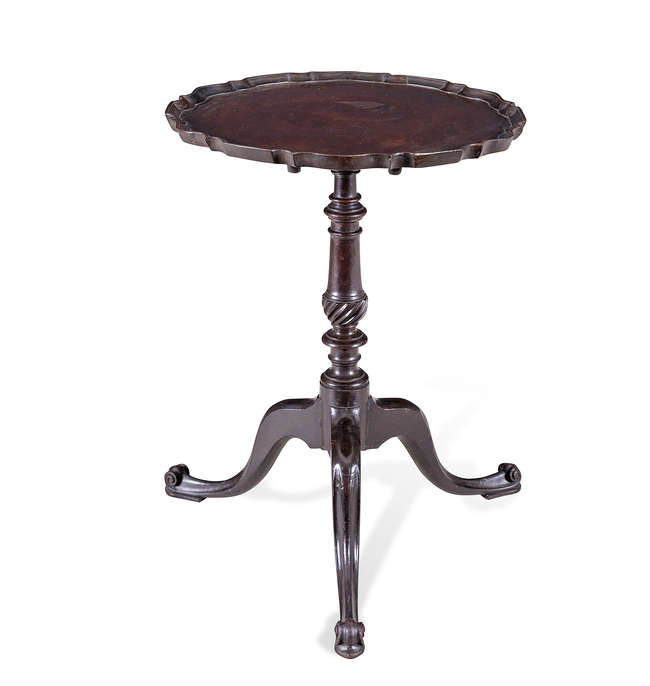
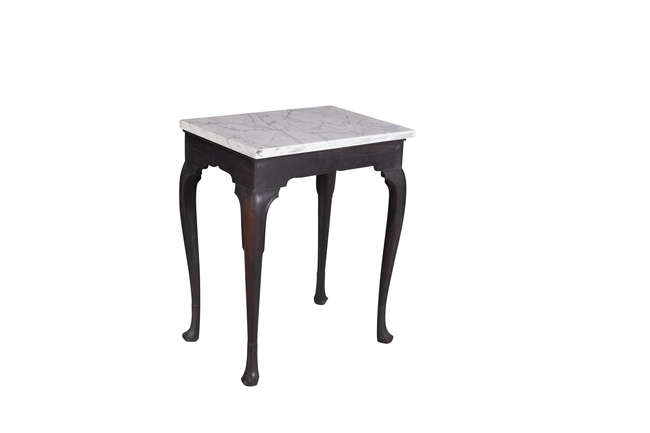
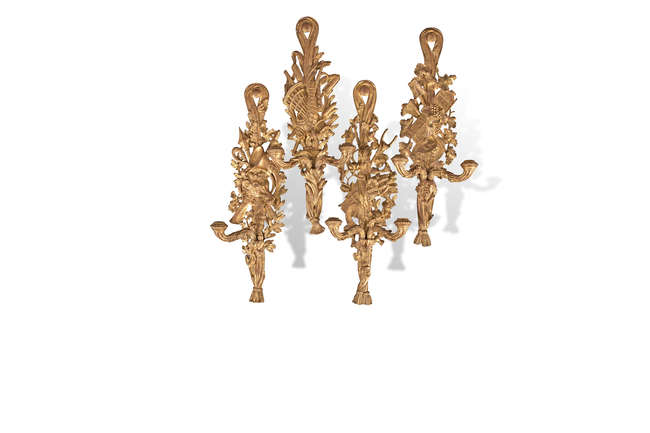
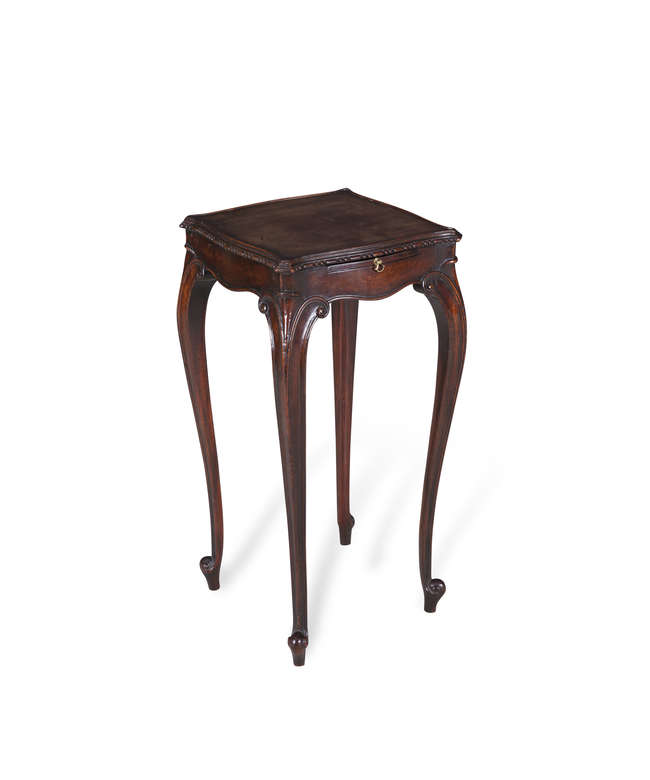
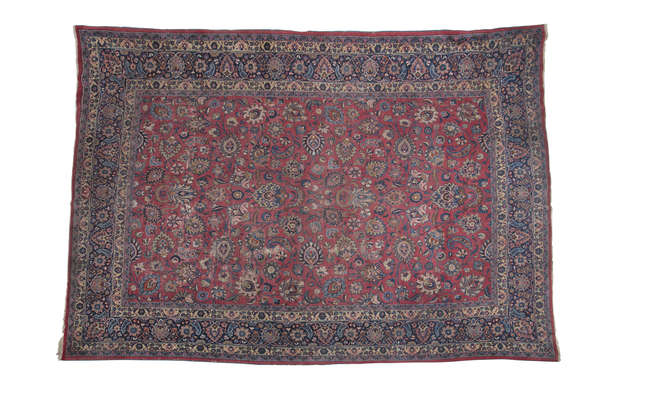
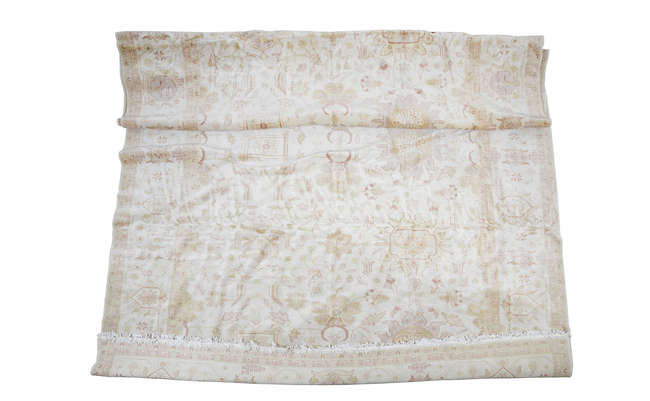
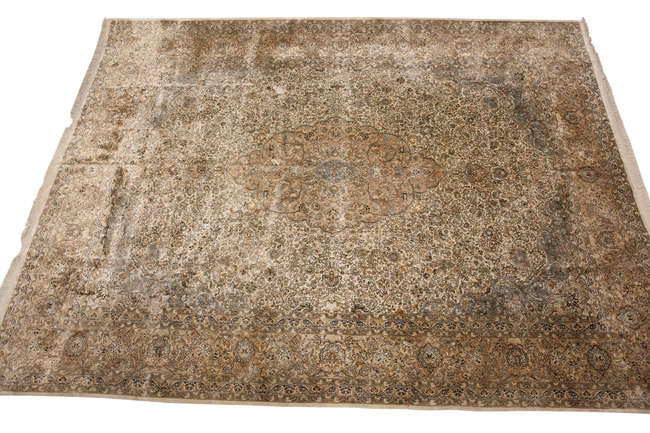
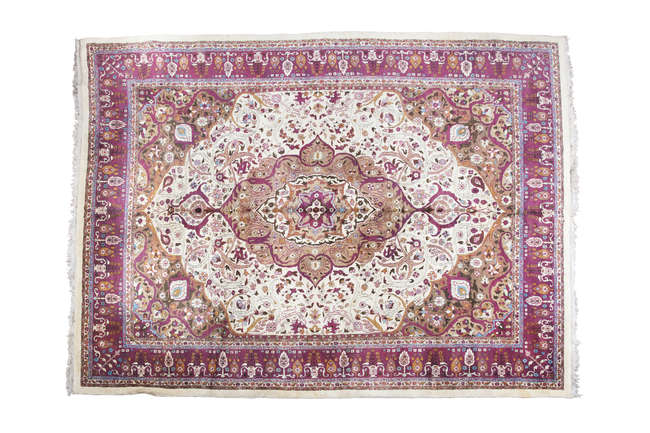
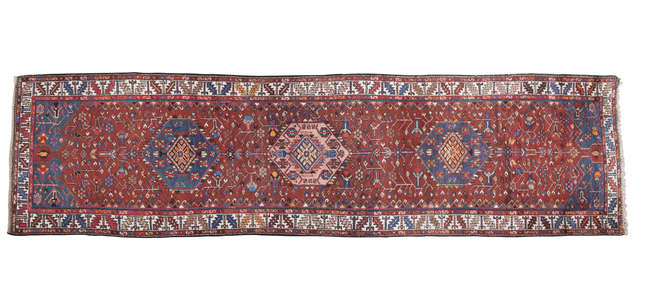
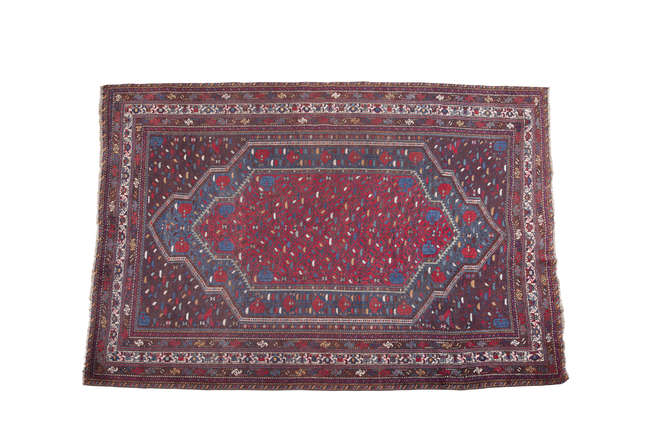
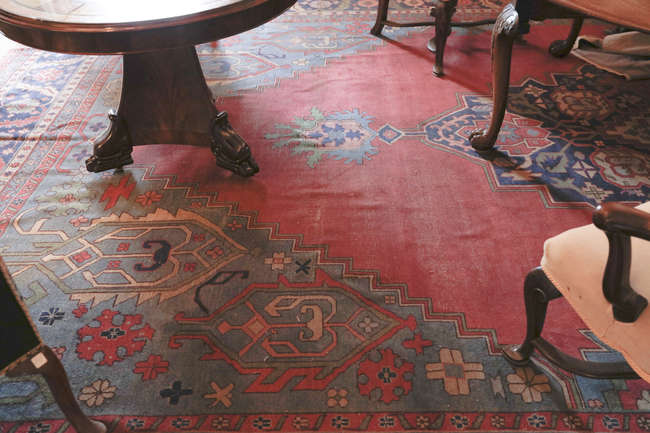
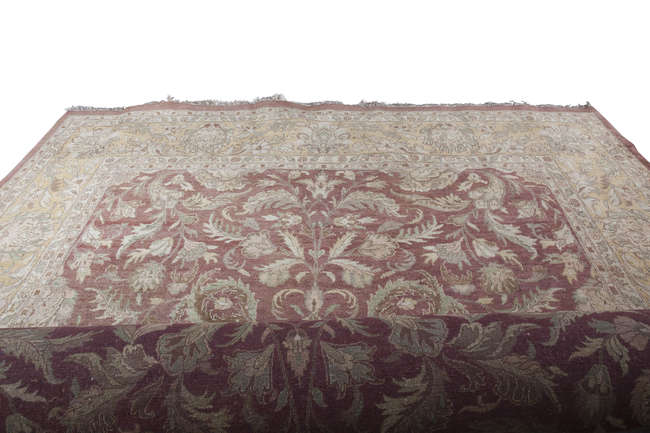
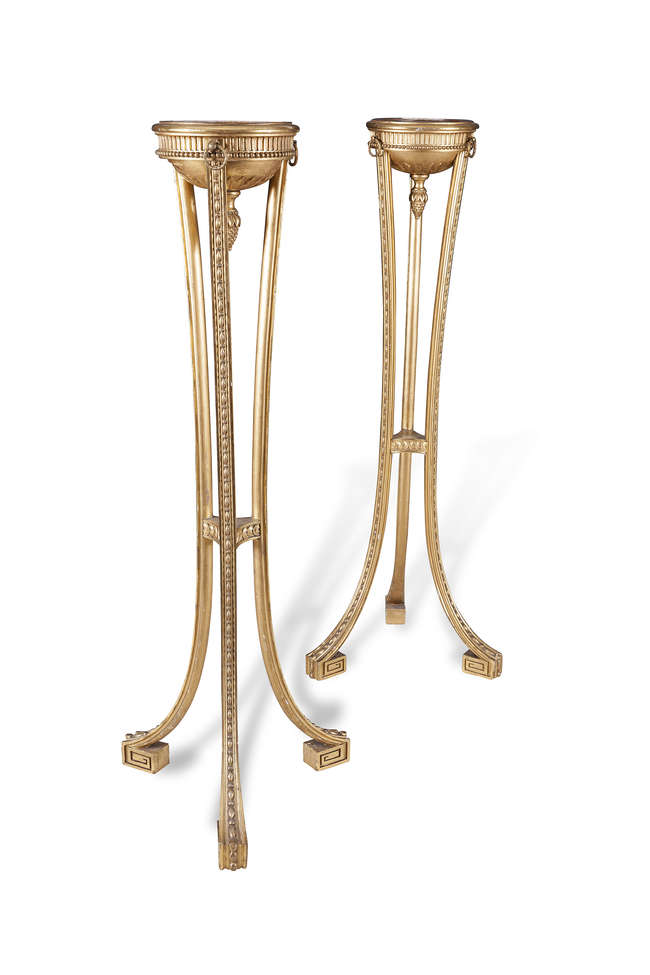
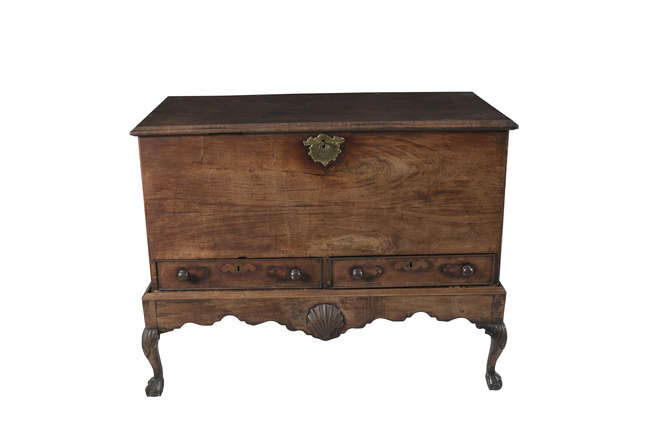
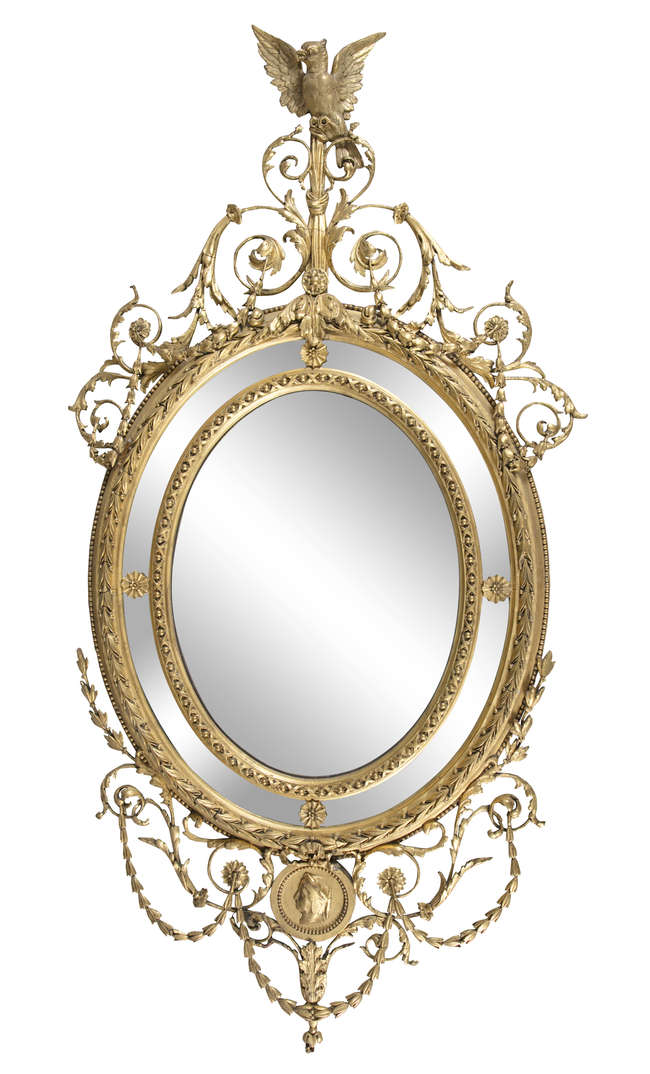
Try LotSearch and its premium features for 7 days - without any costs!
Be notified automatically about new items in upcoming auctions.
Create an alert